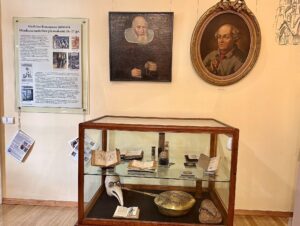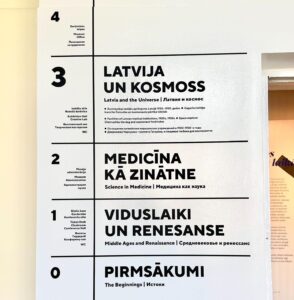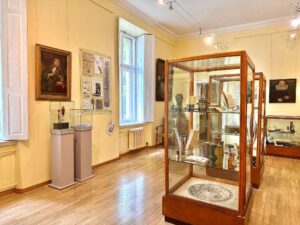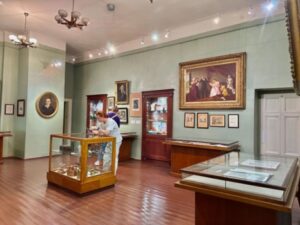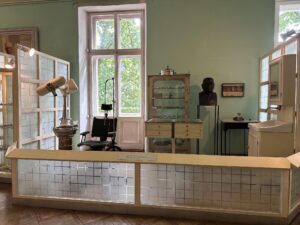The Pauls Stradiņš Museum of the History of Medicine, located in Riga, Latvia, is one of the world’s largest museums devoted to healthcare and medicine. It covers the history of medicine from ancient times to the modern, with a special focus on healthcare in Latvia. The museum showcases the historical progression of medical knowledge, instruments, and treatments, but also sheds light on the cultural, social, and scientific influences that have shaped healthcare practices. It strives to foster a deeper understanding of the interconnectedness of medical history and the modern healthcare landscape.
History of the Pauls Stradiņš Museum
Pauls Stradiņš was a Latvian surgeon and oncologist. He ran a successful private practice before spearheading many public health initiatives and pioneering research efforts into fields as diverse as neurosurgery and blood transfusions. He was arrested by the Nazis for insisting on treating Jews and the mentally ill with the same compassion as any other patients. He was later released, but not reinstated to his positions until the Soviets conquered Latvia. He was later dismissed again during the Stalinst repressions for, again, refusing to put ideology and politics above science and treating patients. He continued, however, to teach and research until his death in 1962.
Stradiņš first displayed his collections in the corridors of the Second City Hospital where he was teaching. He used to decorate the halls in an effort to discourage his students from smoking between classes and leaving their butts stuffed in the corridor paneling. He then made his first formal museum exhibit in 1945, in a facility once used by the Nazis for delousing in Riga.
Although discussions had been ongoing since the 30s about creating a museum from Stradiņš large and renowned collections, the museum was only established in 1957 just weeks before Stradiņš passed away at age 62. At that time, he gifted his large personal collection of medical artifacts to the Latvian Academy of Science for the creation of a new museum.
His collection included a number of instruments, documents, and accounts made by Stradiņš detailing his long life and practice of medicine within independent Latvia, under the Nazis, and under the USSR. It also includes a number of teaching tools and visual aids he created to help students and specialists understand medicine and health. Latvian pharmacist Dāvis Blūmentāls, professor Jānis Maizīte, and the pharmaceutical societies of Riga and Kurzeme also donated their collections to form the original collection.
The museum officially opened to the public in July, 1961.
Today, the museum has about 200,000 items in its collections. They cover shamanistic belief and folk medicine, ancient practices, modern pharmacology, surgery, medical technology, public health, and much more.
Architecture of the Building
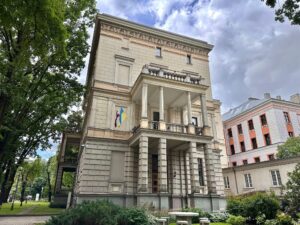
The building that now houses the museum was originally designed in 1875 by Baltic German architect Heinrich Karl Scheel. He is known for many other building designs in and around Riga which are all of Neo-Renaissance style of the 19th century. After construction was finished in 1897, it was originally used as a single family home by a wealthy merchant.
Later, the government leased the building to the Lithuanian and Belgium embassies in Latvia. Finally, it was used as a house for the Central Committee of the Latvian League of Communist Youth until it was turned into a museum.
It underwent extensive renovations in 1957 to turn it into a museum space to house the Stradiņš collections. However, the outside of the building still looks the way it did when it was first built in 1897. The Latvian Council of Science currently oversees and provides funding for the museum.
Visiting the Pauls Stradiņš Museum of the History of Medicine
This museum does not offer audio guides but does offer guided tours in Latvian, Russian, and English. These can be arranged by contacting the museum in advance. The museum is spread over three floors of its spacious building, with the two lower floors dedicated to medicine in general and the third floor exploring medicine in Latvia and, as a more recent addition, medicine in space. Although the focus isn’t particularly on Latvian medicine, the museum was established by a Latvian surgeon so there are some influences of his practices here and there. The museum mostly focuses on developments from other countries.
All of the rooms are very well lit and all have their own personalities. Each is painted a unique color and has its own distinct decorative style, giving the viewer fresh eyes and a renewed outlook for each room. The building feels old but also well maintained.
Stradiņš lived in a time of rapidly advancing science and he believed wholeheartedly in its ability to improve lives. His goal in creating the museum – as we can grasp from his collection – is that he wanted to educate the public about the importance of the innovations in medicine with varying materials and methods such as the invention of the first vaccine, x-ray, and the many methods that infectious diseases can be treated and prevented.
The first room the visitor enters on the first floor is part of a permanent exhibition that presents various medicinal advancements from the first modern surgery by Ambroise Pare, scientific anatomy of the human body by Andreas Vesalius, human metabolism by Santorio, embryology by Hieronymus Fabricius, microbiology by Antonie van Leeuwenhoek, and other advancements made in Europe at the time of the 17th and 18th centuries in the Renaissance. This room houses many portraits of these important figures who discovered these concepts and illustrations and exhibits that detail them
On the second floor there’s an exhibition of portraits of important figures in medicine from pharmacists, surgeons to dentists in the 18th century. Topics covered include advancements in medical education and the first true vaccine, introduced by Edward Jenner in 1796 to combat smallpox.
The next few rooms display a number of the first medicinal tools and methods used in the nineteenth and twentieth century in Russia.
There is an entire room dedicated to providing information on the invention of the X-ray by German physics professor Wilhem Röntgen.
The next exhibition displays new methods of stethoscopes, hammers, and many other inventions as well as the development of physiology, clinical medicine, and microbiology of the 19th century. This was a vital time in history when scientists started to separate psychiatry from other medical practices because of the differences between the physical and mental distinction in the human body.
The final floor of the museum hosts a wide variety of medical practices from the 1920s and 1930s in Latvia. This floor houses the large life-size dioramas of doctor’s offices from the time such as these. These dioramas show items such as dentist chairs, doctors offices and actual scenarios recreated with people.
Space Biology and Medicine is the final exhibition in this museum housing space suits, food, and medicinal tools used in space after the first trip to space by Soviet cosmonaut Yuri Gagarin in 1961.
These methods were developed specifically to be practiced in space to help astronauts who would have trouble medically while on a mission. This exhibition also holds space for new and upcoming inventions in the space-medicine world.
The museum was quite informative and took a long while to walk through and read everything.
For those interested in more, the Pharmaceutical Museum was established in 1987 after merging collections with Jānis Maizīte, a Latvian professor and pioneer of pharmaceutical science who worked closely with Stradiņš. The Pharmaceutical Museum became its own building in a different area of the city.
You’ll Also Love
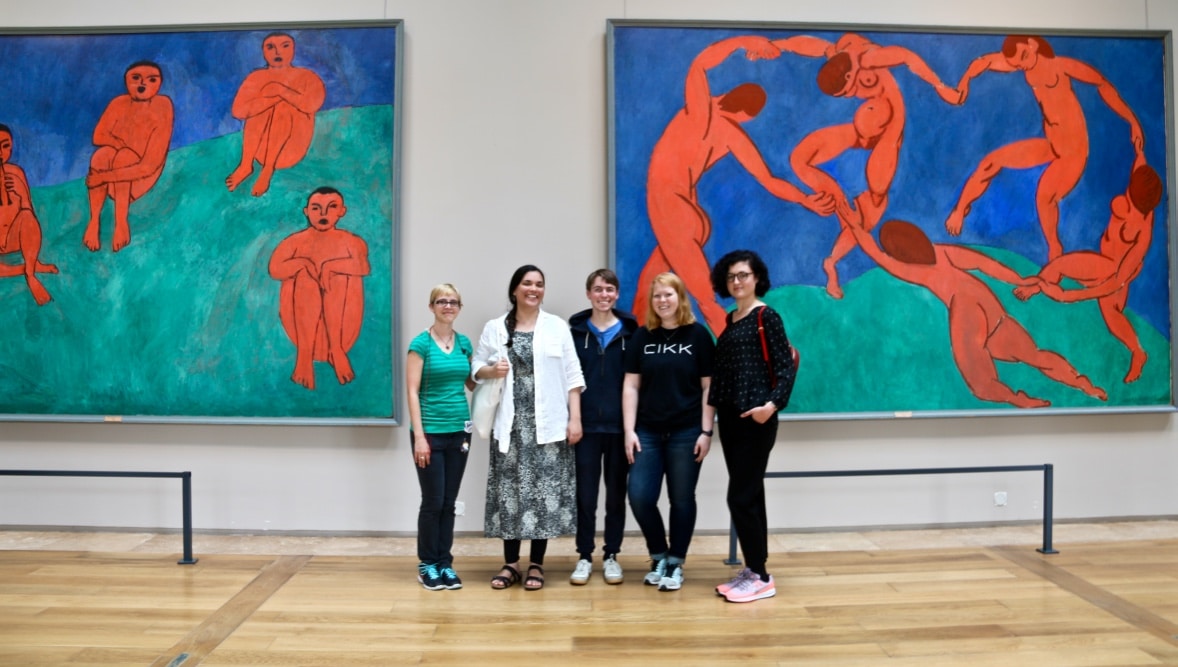
Museums as Self-Care
In 2018, doctors in Montreal began prescribing visits to the Montreal Museum of Fine Arts (MMFA) for patients experiencing depression, anxiety, and other health issues. This innovative approach to mental health treatment was launched under the initiative of the MMFA in collaboration with Médecins francophones du Canada (MFdC). The program allows physicians to provide patients […]

How Art Nouveau Became an Expression of Latvian Identity
Latvia’s rich Art Nouveau heritage was shaped by European trends, influenced by local folk aesthetics, and popularized under Latvia’s National Awakening, a movement that first sought to define what it meant to be proudly Latvian. Art Nouveau flourished in Latvia for less than two decades. It rose with the economic prosperity and social mobility at […]
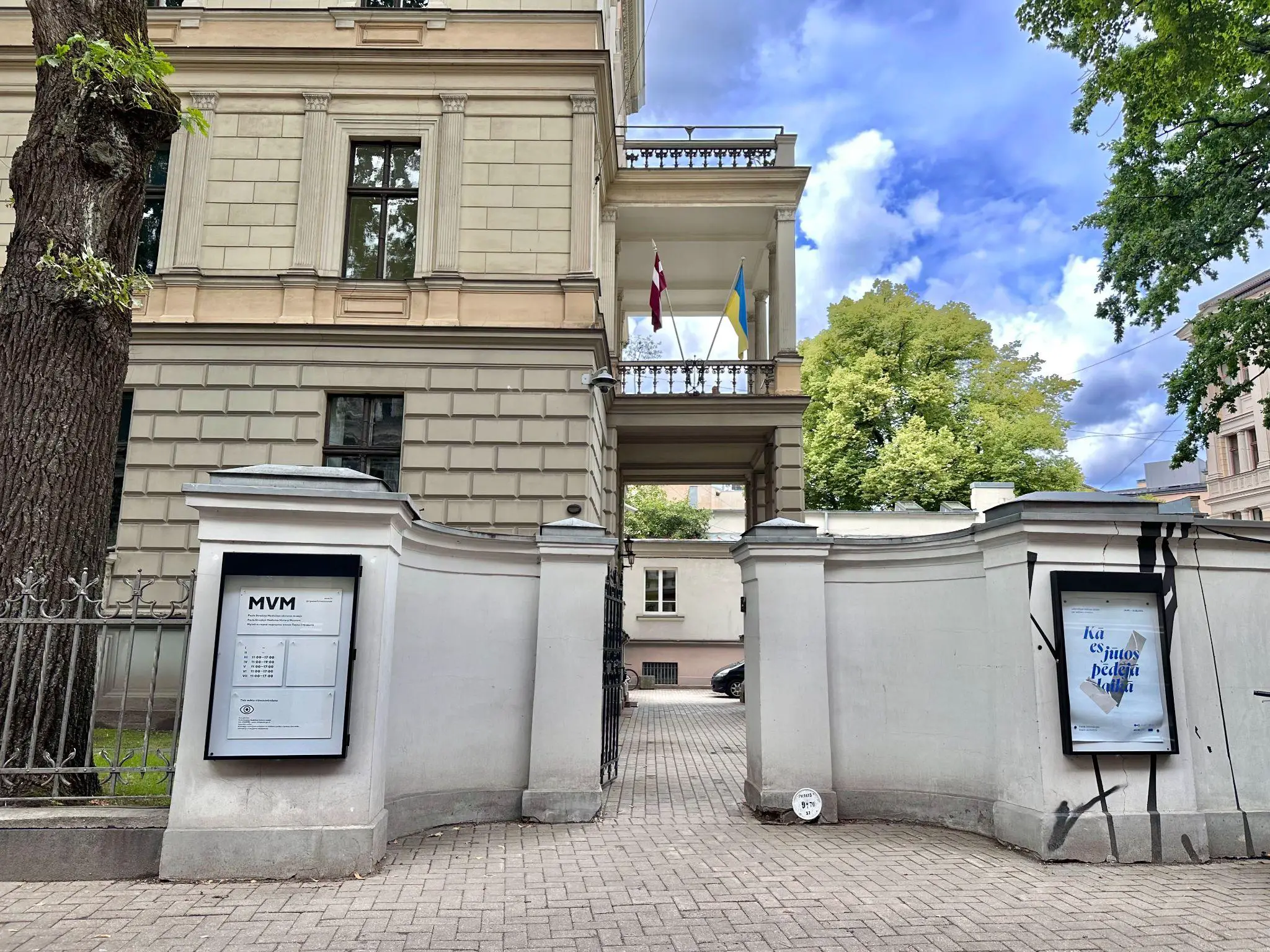
Pauls Stradiņš Museum of the History of Medicine
The Pauls Stradiņš Museum of the History of Medicine, located in Riga, Latvia, is one of the world’s largest museums devoted to healthcare and medicine. It covers the history of medicine from ancient times to the modern, with a special focus on healthcare in Latvia. The museum showcases the historical progression of medical knowledge, instruments, […]
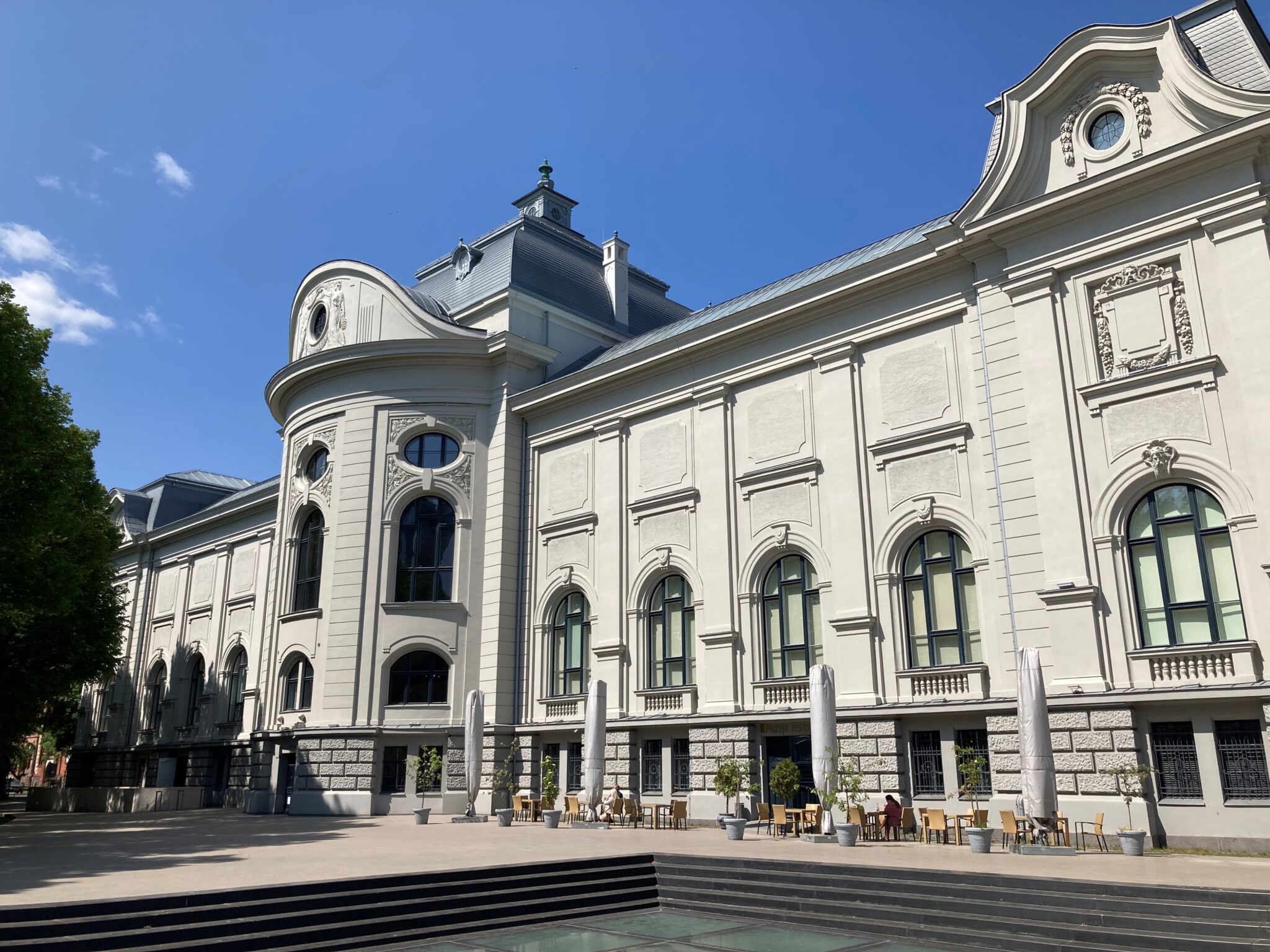
Latvian National Museum of Art
The Latvian National Museum of Art is one of Riga’s oldest and best known art museums. Its permanent collections focus specifically on Latvia’s own national artists and on telling the story of the development of art in Latvia. It also rotates temporary exhibitions that can introduce you to even more striking and more recent Latvian […]
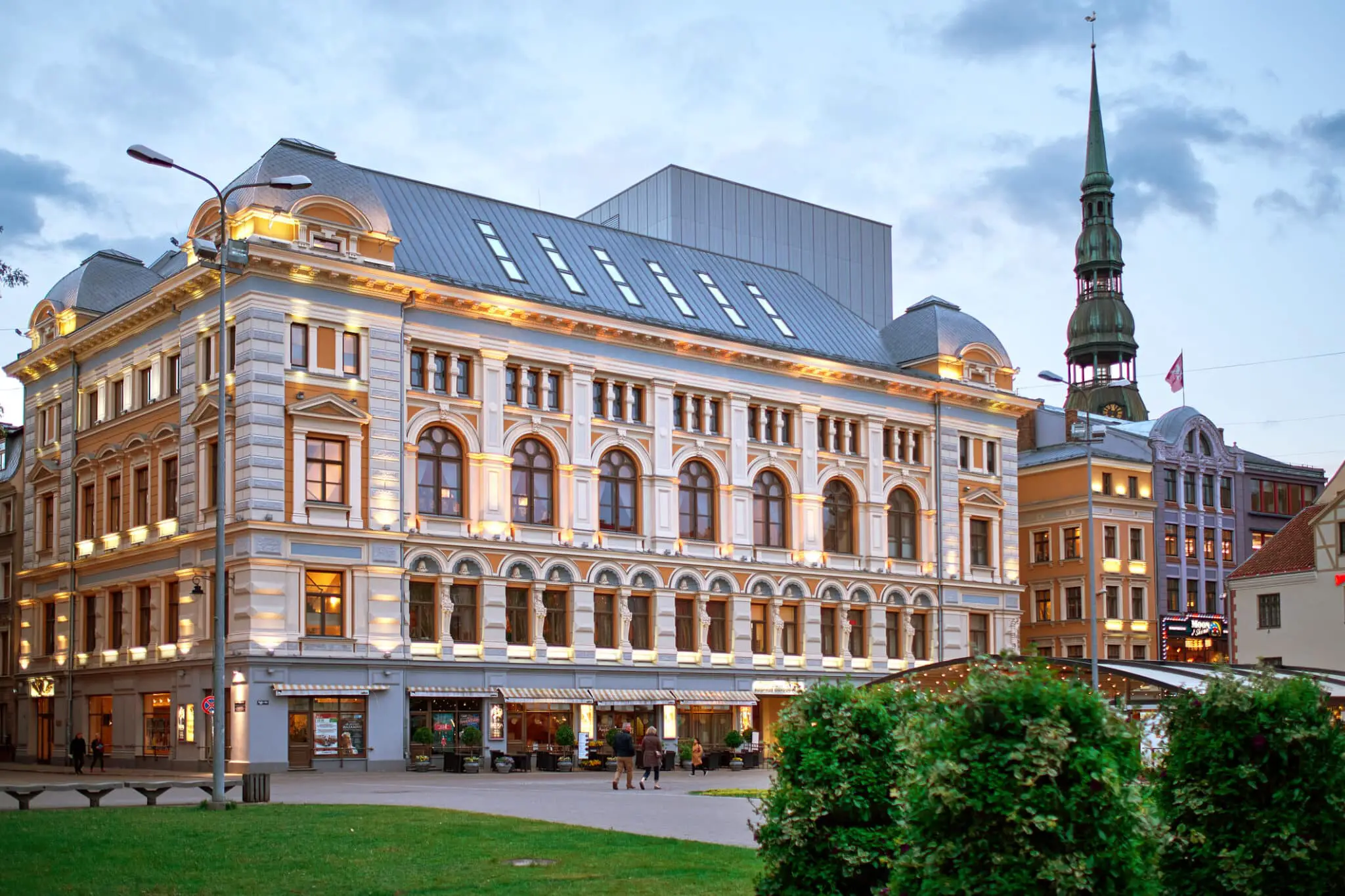
Mikhail Chekhov Riga Russian Theater
Located in the heart of Old Riga, the Mikhail Chekhov Riga Russian Theater has played a central and outsized role in the history of Russian language arts and culture in Latvia. To this day, about 25% of Latvia’s population is native Russian speaking. This theater, which, in 2023, marks 140 years since its founding, remains […]


